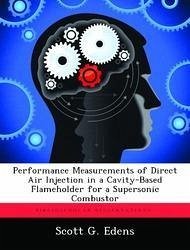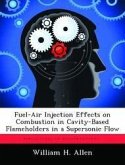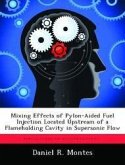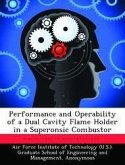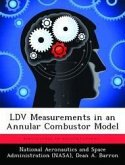For several years the Air Force Research Lab Propulsion Directorate has been studying the difficulties in fueling supersonic combustion ramjet engines with hydrocarbon based fuels. Recent investigations have focused on the use of direct air injection into a directly-fueled cavity-based flameholder. Direct air injection has been shown qualitatively to be a valuable tool for improving cavity combustion. Little quantitative data is available that characterizes the performance of cavity-based flameholders. The objective of this research was to quantitatively determine the specific advantages and disadvantages of the direct air injection scheme. This was accomplished via intrusive probing into a supersonic free stream flow at an axial location behind the cavity flameholder. Pitot and static pressure, total temperature, and gas sampling measurements were taken and the corresponding values were processed to yield relevant engineering quantities. Data were taken over a range of fuel and air injection rates. Direct air injection resulted in increased combustion throughout the area of interest behind the cavity. Air injection increased the static temperature and pressure throughout the area of interest. Enthalpy spread into the free stream was also increased through the use of air injection. Total pressure losses increased as a result of the direct air injection scheme. The ratio of enthalpy increase to increase in total pressure losses increased with higher fuel flow rates, indicating that the direct air injection technique shows more promise for higher fuel loadings.
Bitte wählen Sie Ihr Anliegen aus.
Rechnungen
Retourenschein anfordern
Bestellstatus
Storno

